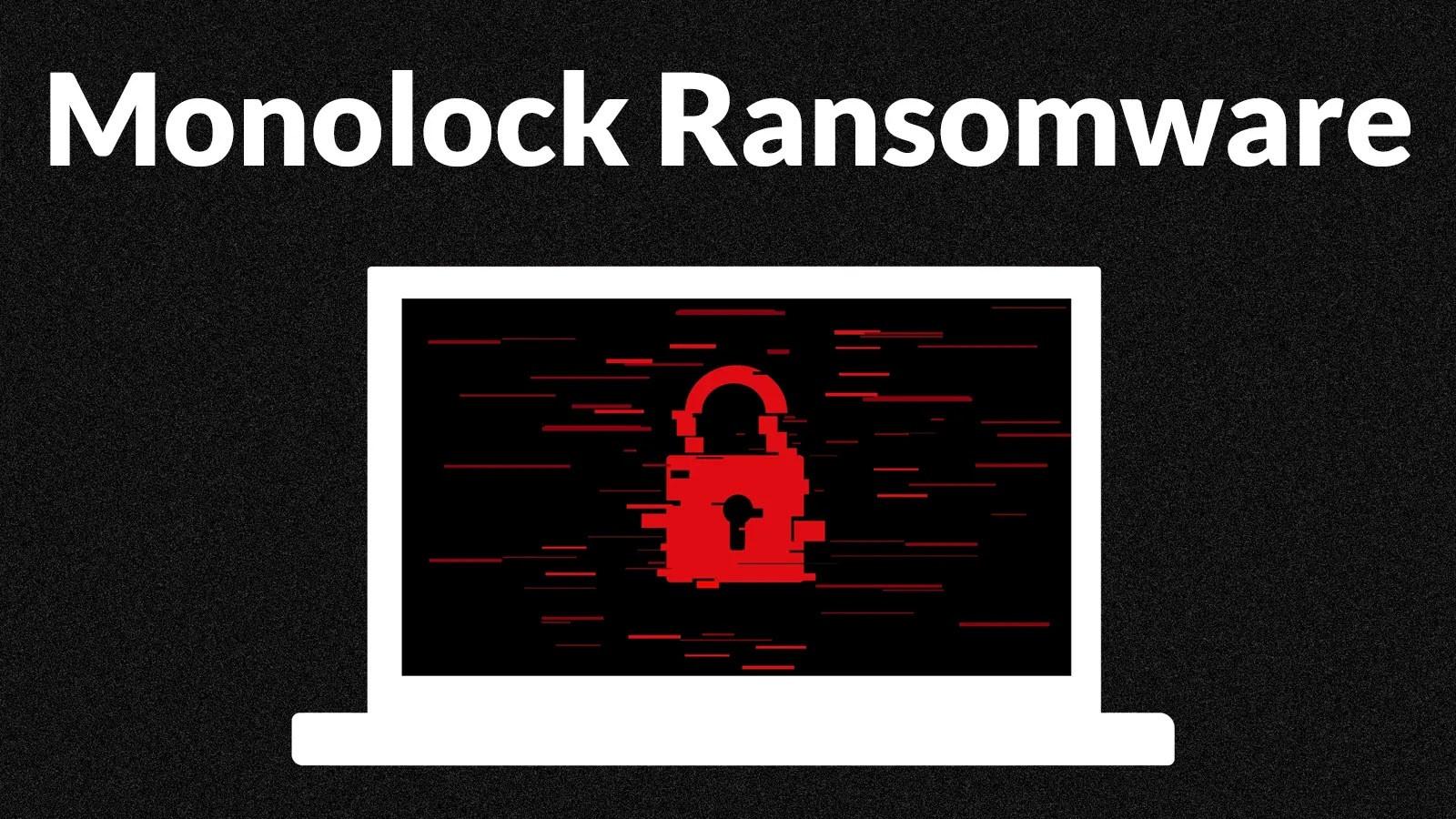In late September 2025, cybersecurity researchers identified a new ransomware strain named Monolock, which has been actively promoted on dark web forums. Threat actors are offering Monolock version 1.0 for sale, often bundling it with stolen corporate credentials, thereby enhancing its appeal to potential buyers.
Infection Vector and Encryption Mechanism
Monolock primarily infiltrates systems through phishing campaigns. Victims receive emails containing malicious Word documents. When these documents are opened, embedded macros execute, downloading the ransomware payload from compromised servers. Once activated, Monolock employs a dual-layer encryption strategy: it uses AES-256 to encrypt individual files and RSA-2048 for secure key exchange. This combination ensures that the encrypted data remains inaccessible without the corresponding private key, effectively locking victims out of their own files.
Targeted Sectors and Ransom Demands
Initial analyses indicate that Monolock’s operators have focused their attacks on small to mid-sized organizations within the healthcare and manufacturing sectors. After successful encryption, victims are directed to a Tor-based payment portal to facilitate ransom transactions. The demanded payments are in cryptocurrency, ensuring anonymity for the attackers. Notably, the ransom notes offer a 10% discount if the payment is made within 48 hours, adding pressure on victims to comply swiftly.
Technical Capabilities and Evasion Techniques
Monolock exhibits advanced technical features designed to maximize its impact and evade detection:
– Process Termination: Before initiating the encryption process, Monolock scans for and terminates processes associated with backup and security software. It searches for running services with names containing backup, sql, and vss, effectively disabling mechanisms that could otherwise aid in data recovery.
– File Modification: Post-encryption, the ransomware appends the .monolock extension to affected files and places a ransom note titled README_RECOVER.txt in each directory, providing instructions for ransom payment and data recovery.
– Persistence Mechanisms: To ensure it remains active, Monolock modifies the Windows registry, adding entries under the Run key. This modification guarantees that the ransomware executes upon system startup.
– Code Injection and Obfuscation: The malware disguises itself as a legitimate DLL file and injects its code into the explorer.exe process. This technique helps it evade detection by security software. Additionally, Monolock employs API hashing to dynamically resolve Windows functions, complicating static analysis and signature-based detection methods.
Implications and Recommendations
The emergence of Monolock underscores the evolving sophistication of ransomware threats. Organizations, especially those in the healthcare and manufacturing sectors, should be particularly vigilant. To mitigate the risk posed by Monolock and similar ransomware strains, the following measures are recommended:
1. Employee Training: Educate staff about the dangers of phishing emails and the importance of not opening suspicious attachments.
2. Regular Backups: Maintain up-to-date backups of critical data, ensuring they are stored offline or in secure cloud environments to prevent them from being targeted by ransomware.
3. Endpoint Detection and Response (EDR): Deploy advanced EDR solutions capable of identifying and responding to malicious activities in real-time.
4. Patch Management: Regularly update software and systems to address known vulnerabilities that ransomware might exploit.
5. Network Segmentation: Implement network segmentation to limit the spread of malware within an organization.
6. Incident Response Plan: Develop and regularly update an incident response plan to ensure a swift and coordinated response in the event of a ransomware attack.
By adopting these proactive measures, organizations can enhance their resilience against Monolock and other ransomware threats, safeguarding their data and maintaining operational continuity.



